Get land value to compensate 50% of capital for metro construction?
Presenting an overview of the metro network planning of Ho Chi Minh City, Mr. Bui Xuan Nguyen (Ho Chi Minh City Urban Railway Management Board - MAUR) said that in Vietnam, urban railways are classified as important national projects. According to the planning approved by the Prime Minister in 2013, Ho Chi Minh City will build 8 radial and ring metro lines connecting the main centers of the city; 1 ground tram line and 2 monorail lines. The total length is 219.6 km. Currently, metro line No. 1 (Ben Thanh - Suoi Tien) and line No. 2 - phase 1 (Ben Thanh - Tham Luong) are being implemented, line No. 5 - phase 1 (Bay Hien intersection - Saigon bridge) has a sponsor registered for capital. To complete the urban railway network according to the above planning, Ho Chi Minh City needs a total capital of 25.894 billion USD. However, the capital source mainly comes from public investment and ODA loans which are currently having many limitations.
Specifically, according to MAUR statistics, the capital mobilized in the form of investment through the ODA channel for urban railway construction investment projects in Ho Chi Minh City up to now is about 6.544 billion USD, reaching about 23% of the total reserve investment. The total capital mobilized from ODA sources in the period 2016 - 2020 decreased by 51% compared to the period 2011 - 2015 and is forecast to continue to decrease in the period 2021 - 2025. On the other hand, Vietnam "graduated" from using ODA loans with preferential interest rates from the World Bank (IDA Fund) in 2017 and the Asian Development Bank (ADF Fund) in 2019. Not to mention, bilateral ODA loans always come with binding requirements on the origin of goods as well as the participation rate (even exclusive provision) of consulting and project implementation services.
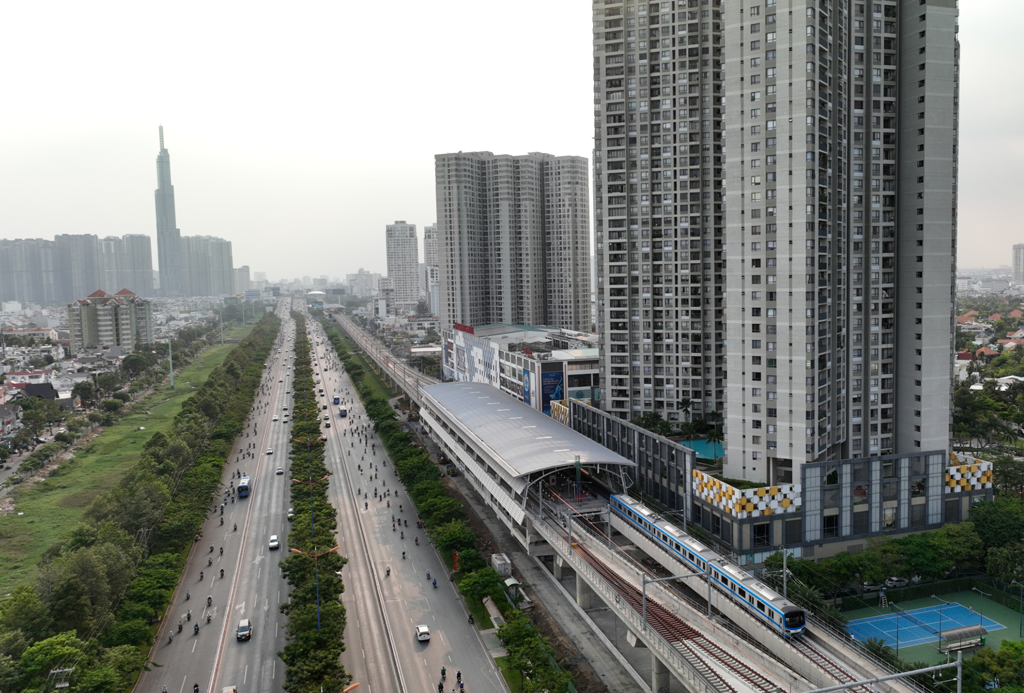
Metro Line 1 (Ben Thanh - Suoi Tien)
Meanwhile, the need for infrastructure development in this period is up to 3,900 billion VND, but the National Assembly determined that the total medium-term capital for the 2021 - 2025 period is only 2,870 billion VND. Ho Chi Minh City is the most important economic center not only in the southern region but also in the whole country. The total budget for the city's key infrastructure development investment project is expected to be 245,000 billion VND for the 2022 - 2025 period. Metro infrastructure construction is estimated to require 103,000 billion VND, accounting for about 45%, but the annual approved budget for inner-city infrastructure projects is only about 30,000 billion VND. "In general, the budget only meets about 50% of the demand to achieve the goal of building infrastructure in general and Ho Chi Minh City's infrastructure in particular in the 2021 - 2025 period," Mr. Nguyen informed.
In the context of limited funding, delegates at the workshop all affirmed that implementing the TOD model (transit-oriented urban development) is the most effective model for Ho Chi Minh City to develop urban and railway synchronously. Sharing the experience of Japan, Ms. Ayako Kubo, representative of the Japan International Cooperation Agency in Vietnam (JICA), said that there are 3 TOD planning models including planning for development along the route, developing concentrated areas around the station and developing works around the station.
Accordingly, urban development will be planned along the route along with the railway system, ensuring the mobility of people living along the route so that everyone can travel easily, thereby reducing public transport costs. At the same time, making the most of land and space at the main stations, increasing the value of the station area by turning the stations into a complex including bus stops, taxis, connecting roads and commercial centers.
To do so, Mr. Shin Kimura, representative of the Urban Renaissance Agency (URA), shared that Japanese railway lines are often deployed in areas that are almost undeveloped, creating new urban areas. Bringing the railway system to develop infrastructure will make that area more attractive, and land prices will increase.
"At that time, the railway construction part will be the responsibility of the railway company. The completed public infrastructure part will be funded by land re-planning. The capital will be contributed by landowners during the re-planning process and partly paid by local authorities. Thus, the TOD model along urban railway lines will be guaranteed," Mr. Shin Kimura noted.
3 U.70 brothers excitedly experience Ben Thanh - Suoi Tien metro
"Procedural barrier"
To successfully implement the TOD model, Japan's advantage is that the government has built a legal system and provided necessary support, especially in the mechanism to mobilize cooperation from private enterprises in the process of planning and exploiting stations. Meanwhile, procedures and mechanisms are the biggest weaknesses of Ho Chi Minh City as well as Vietnam. The guidance on preparing investment projects for urban railway construction in the form of cooperation presented by Mr. Bui Xuan Nguyen shows a rather difficult procedural barrier.
Specifically, in case the investor proactively proposes to implement the project, the implementation process consists of 52 steps, divided into 4 phases. In which, phase 1 is to approve the investor to conduct a pre-feasibility study report, which consists of 7 steps; phase 2 - to approve the investment policy, requires 6 steps; phase 3 - to obtain the Government's project approval, will go through 7 steps and the final phase - selecting the investor will have 32 steps. In case the investor proposes and conducts a pre-feasibility study report, then plans a survey, calls for investors to participate, the steps to contact investors will be shortened to 48 steps. The steps to approve the investment policy, approve the project and select the investor are the same as case 1.
JICA representative assessed that Vietnam's current Public-Private Partnership (PPP) Investment Law is complicated, time-consuming, and difficult to attract foreign enterprises to participate in developing projects. The form of public-private partnership is not only limited to the transport sector but can also be applied in many other fields.
From the business perspective, Mr. Takahiko Nagato, representative of Tokyu Group, said that private companies pay the most attention to the benefit factor when cooperating with the state to implement projects. "When investing in Vietnam, how will businesses recover profits, can they estimate the profits they will earn... If the PPP regulations clarify these issues, it will be very favorable to encourage businesses to participate," said Mr. Takahiko Nagato.
Speaking at the workshop, Vice Chairman of the Ho Chi Minh City People's Committee Bui Xuan Cuong said that Ho Chi Minh City has presented many important contents in the draft Resolution replacing Resolution 54 of the National Assembly on piloting special mechanisms and policies for the development of Ho Chi Minh City, which is awaiting approval at the next National Assembly session. These include many recommendations on mechanisms and policies for developing transport infrastructure, piloting the TOD model associated with urban planning in the vicinity of stations on the urban railway line. Through the workshop, the City wants to learn from the implementation experience of Japan to more clearly define the methods and approaches of the authorities, governing bodies as well as relevant parties in piloting special policies and mechanisms to accelerate the progress of deploying the urban railway system in the City.
"Japan is a country with extensive experience in the field of urban railway development. Through discussions on the possibility of applying TOD and PPP, experiences from Japan will be the basis and lessons for the Ho Chi Minh City government to implement in practice," Mr. Bui Xuan Cuong emphasized.
Experience the Ben Thanh - Suoi Tien metro train on test run day
Mr. Shin Kimura: The most important thing now for Ho Chi Minh City as well as Vietnam is that when building and developing urban areas, there must be a clear division of responsibilities as well as financial burdens among the relevant parties, from the Government to the railway company, locality, private enterprise to the landowners who benefit from re-planning. At the same time, there needs to be a neutral state agency to coordinate.
Source link


![[Photo] Action for the Community tells stories of enduring journeys – both intimate and great, yet quiet and determined](https://vphoto.vietnam.vn/thumb/1200x675/vietnam/resource/IMAGE/2025/11/15/1763179022035_ai-dai-dieu-5828-jpg.webp)

![[Photo] General Secretary To Lam receives Governor of Kanagawa Province (Japan) Kuroiwa Yuji](https://vphoto.vietnam.vn/thumb/1200x675/vietnam/resource/IMAGE/2025/11/15/1763204231089_a1-bnd-7718-5559-jpg.webp)
![[Photo] Exciting contest of skillful red fruit picking and creativity from Son La coffee beans](https://vphoto.vietnam.vn/thumb/1200x675/vietnam/resource/IMAGE/2025/11/15/1763201832979_ndo_bl_3-jpg.webp)
![[Photo] The Government Standing Committee reviews the planning project of the Red River landscape avenue axis](https://vphoto.vietnam.vn/thumb/1200x675/vietnam/resource/IMAGE/2025/11/15/1763197032149_dsc-0163-jpg.webp)

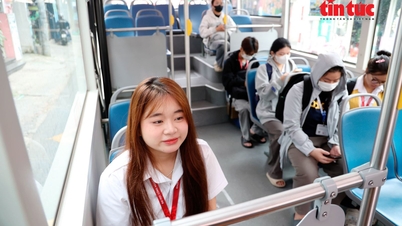



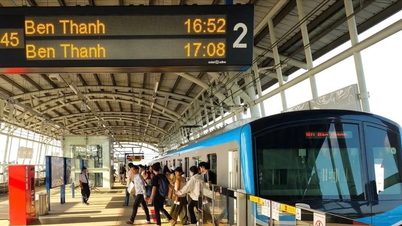
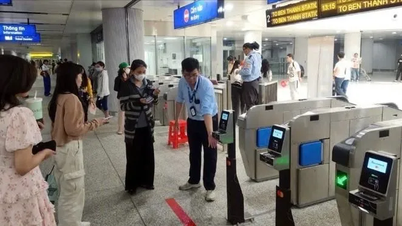
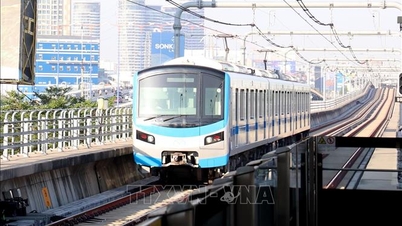
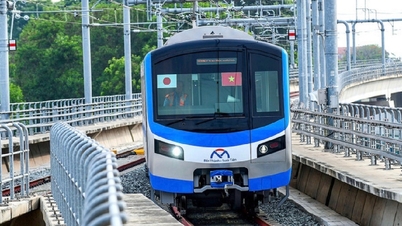

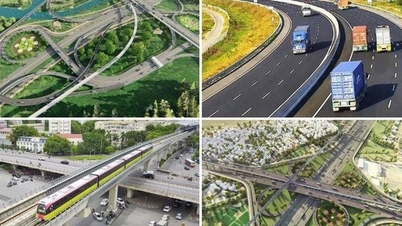

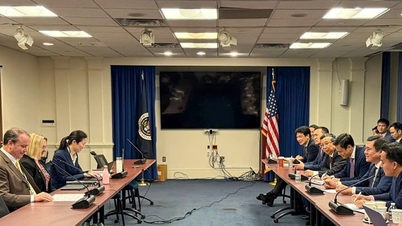
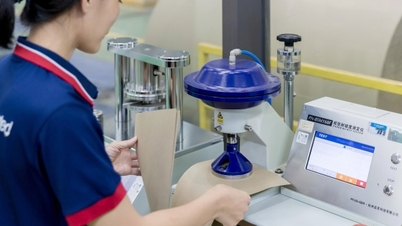

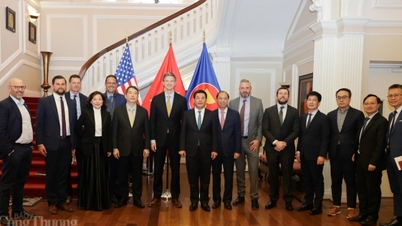
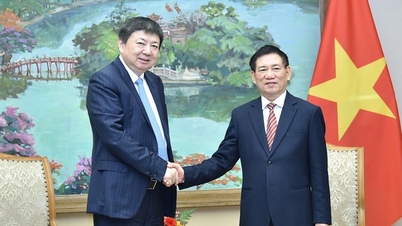
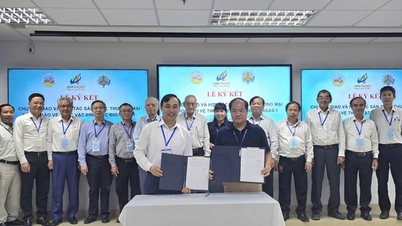




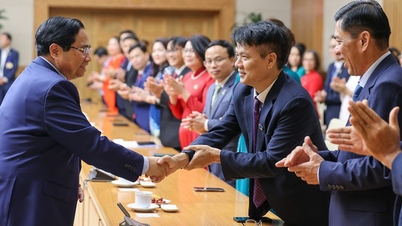



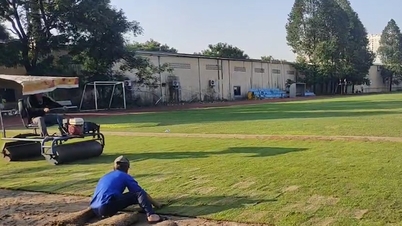

![[Photo] Panorama of the 2025 Community Action Awards Final Round](https://vphoto.vietnam.vn/thumb/1200x675/vietnam/resource/IMAGE/2025/11/15/1763206932975_chi-7868-jpg.webp)

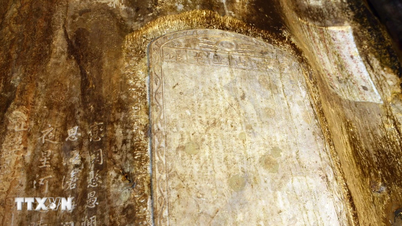



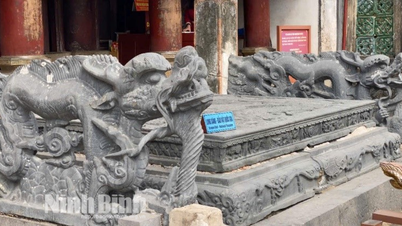
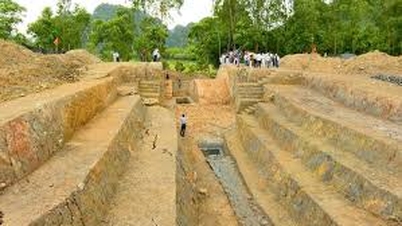





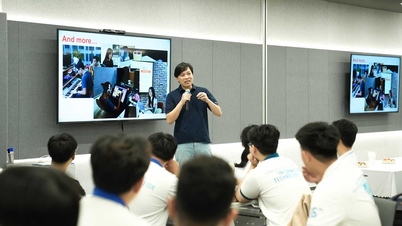










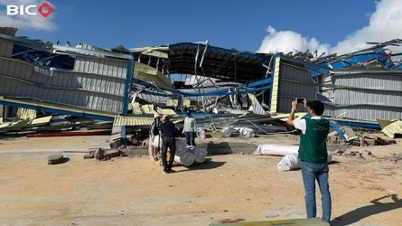

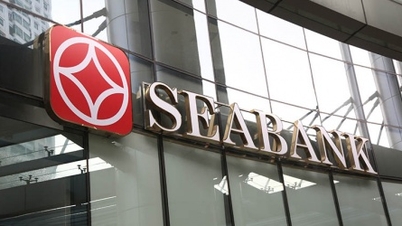





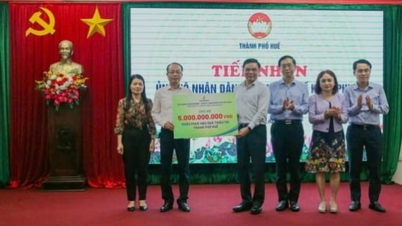





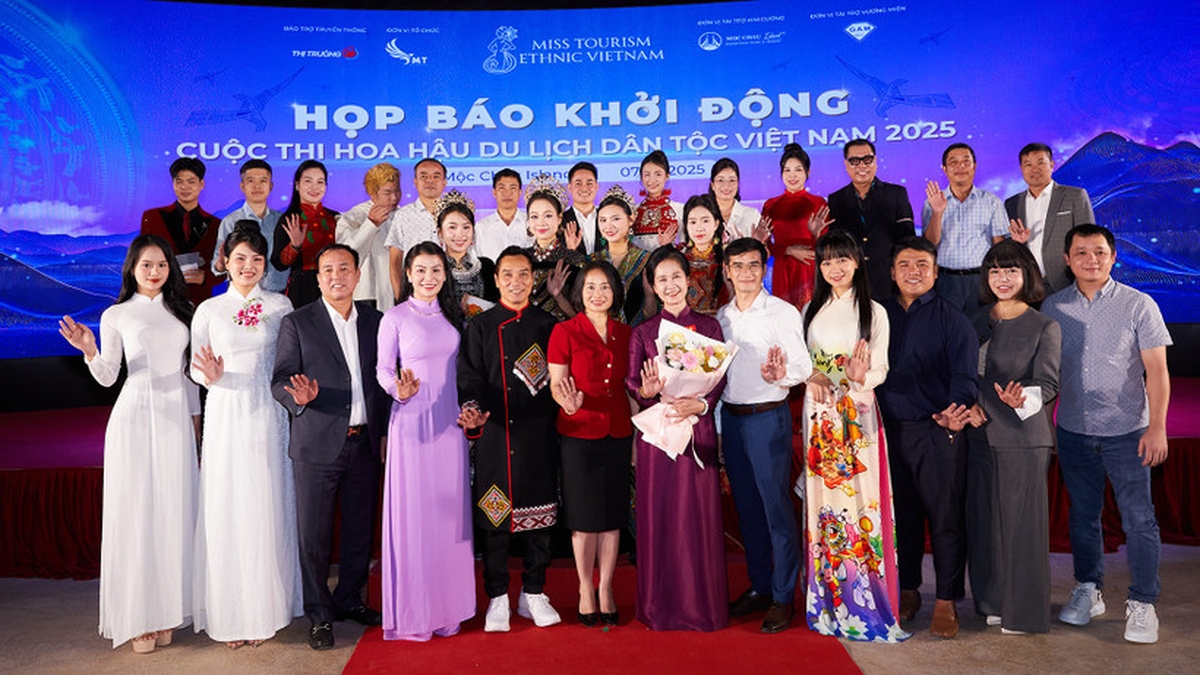
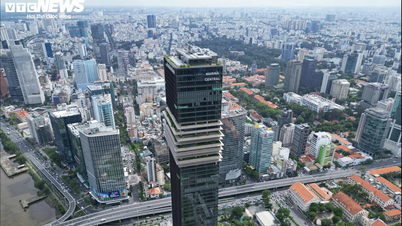


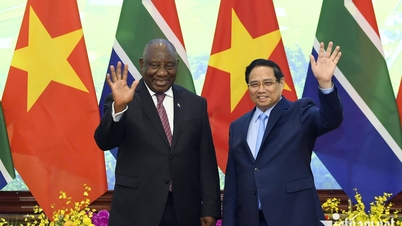



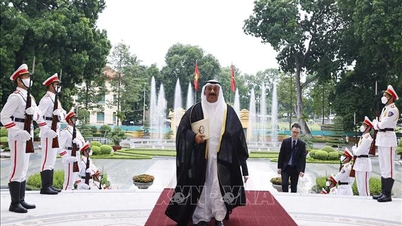
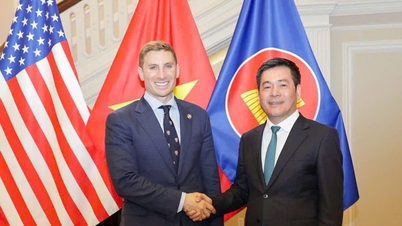


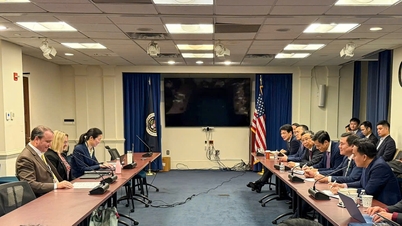

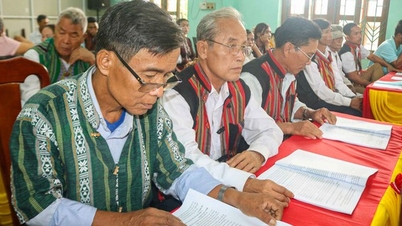
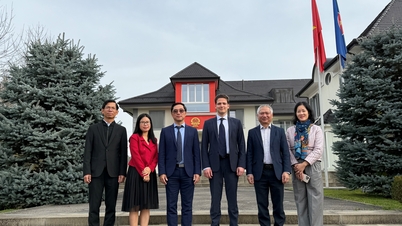
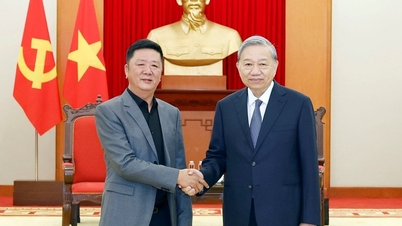

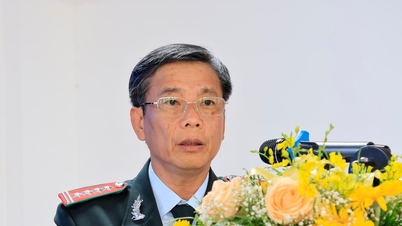

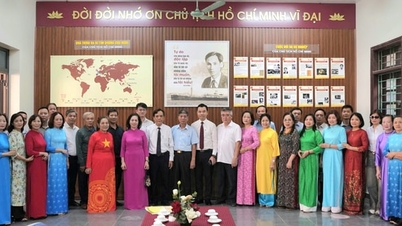
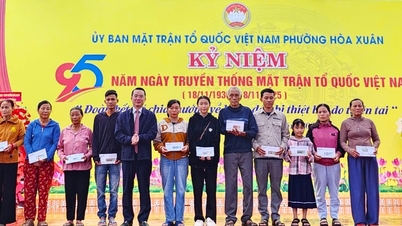

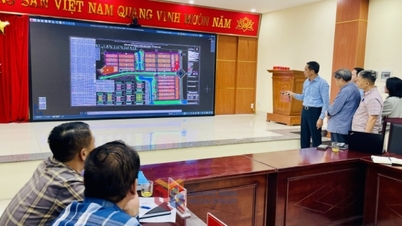




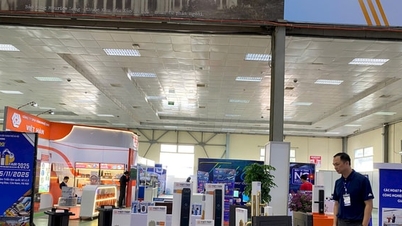

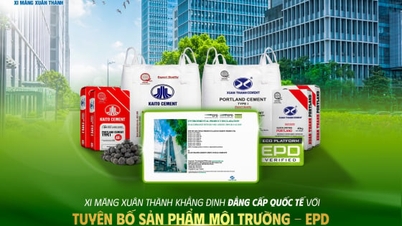
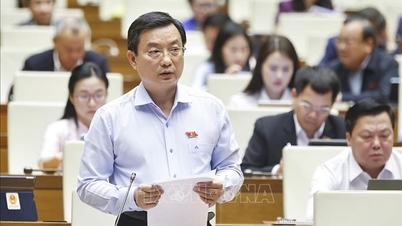





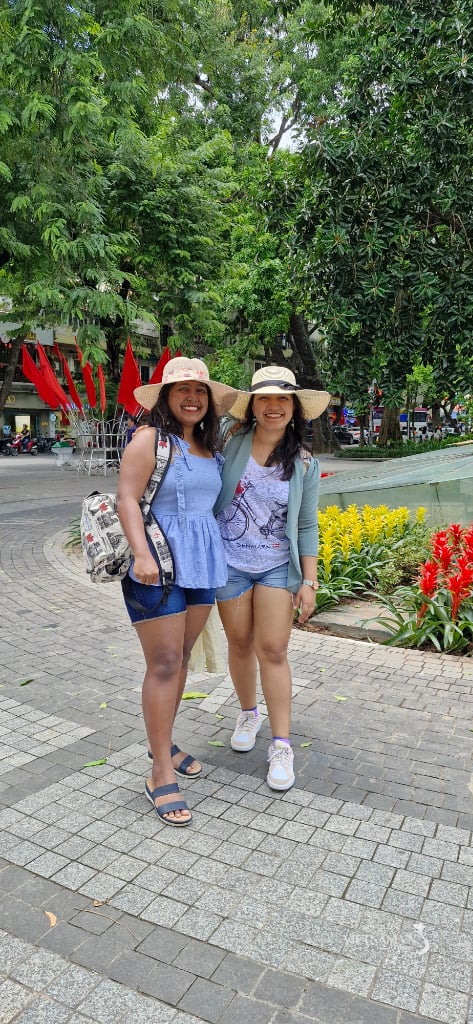

Comment (0)